Cragside
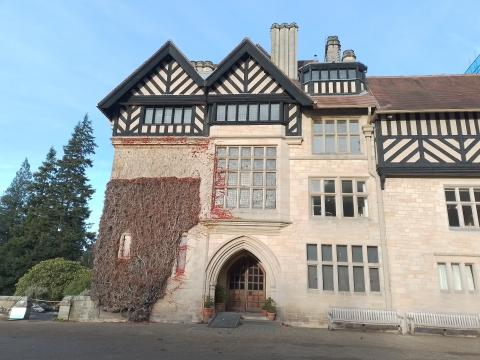
A friend and I called at Cragside last month, the remarkable and beautiful house built by Norman Shaw for William, later Lord, Armstrong. The latter was the first engineer and scientist to be ennobled and his fascinating house, which was both technologically advanced while archaic in its design, sums up the man. In the late nineteenth century, this was the house to which Shahs of Persia, Kings of Siam, Japanese prime ministers and Afghan Crown Princes would repair, for Lord Armstrong was an arms manufacturer, and therefore a gentleman worth courting.
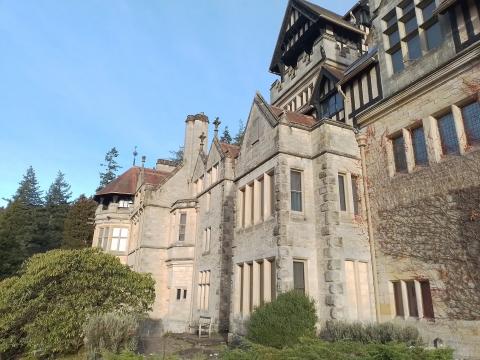
The house has been described as a 'fairy palace', its half-timbering reminiscent of central Europe, home of Armstrong’s acknowledged rival, Alfred Krupp (who, ironically, built his own idyllic mansion in classical style). Although the house is somewhat higgledy-piggledy around the back, perhaps the result of Armstrong changing his mind so many times, this only lends it extra vials of charm. Even crenelation (battements) was added to the highest tower, which might befit the home of a weaponeer and munitions maker, as well as offering salute to its location: this is a part of England known for its castles and tower houses.
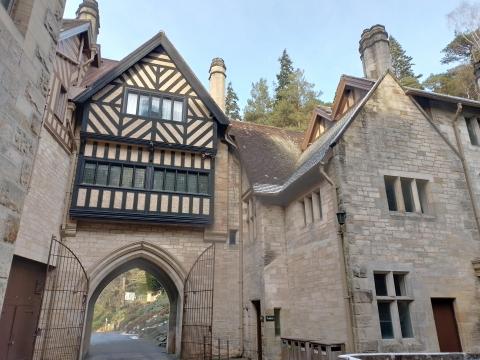
Despite its archaic appearance, however, the home within was characterised by the latest technological advancements. Its dumb waiter and kitchen spit both ran on hydraulic power; an electric gong announced meal times and the steam from Armstrong's exotic, Turkish bath was captured and used to warm other parts of the house. The world’s first hydroelectric power station provided the electricity and it was the first British home to possess an early dishwasher, vacuum cleaner and washing machine, causing it to be described as ‘the place where modern living began’.
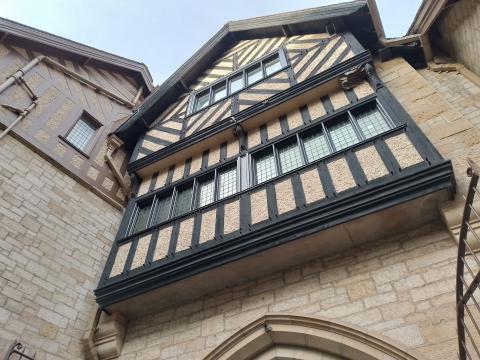
So here we have a house designed to look like it stepped out of fifteenth-century Bavaria or Bohemia, with its exposed beams and external timbering, yet possessing every modern gadget which the late Victorian age was able to supply. It is ancient and modern, old and new, backward-looking and forward-facing.
This is what the Church of Jesus Christ should be like, though she often emphasises one over the other. Some churches never left the nineteenth century, and dress and speak accordingly. Some are so unashamedly contemporary that they cannot be distinguished from the prevailing culture. Our cosmic community of the redeemed is as old as Adam and as young as the latest child in the womb. Our theology is ancient as the eternal covenant wrought in heaven, yet as pleasingly new and fresh as an English morn.
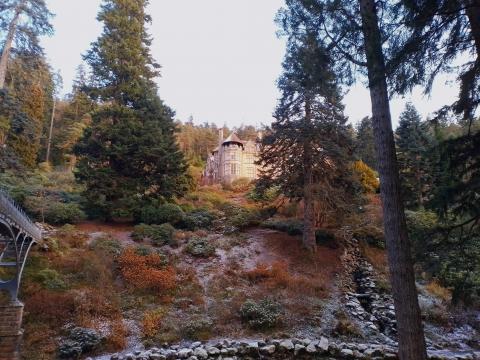
Eternal God, unchanging
Through all the changing years,
Whose hands all things created,
Who holds the countless stars;
Enthroned in heavenly glory,
Yet not a God afar,
Thou deignest to have dwelling
Here where Thy people are.
-Albert Dalziel
- Log in to post comments


 Sunday Worship 10.45am & 6.00pm
Sunday Worship 10.45am & 6.00pm